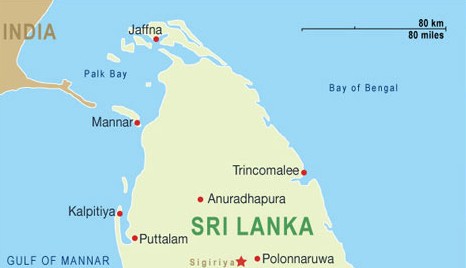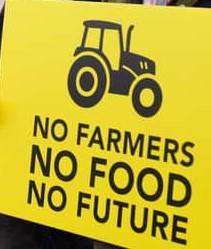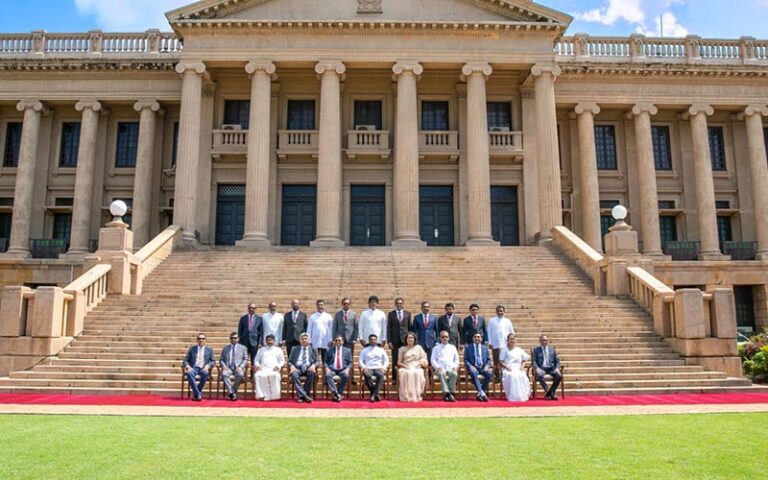
The new government of Sri Lanka under President Anura Kumara Dissanayake faces the critical task of steering the country toward economic recovery. Here’s a closer look at its two-fold approach:
1. Renegotiating IMF Bailout Terms
- Challenge: The previous government secured a $3 billion bailout from the IMF to stabilise Sri Lanka’s economy. However, this came with strict austerity measures, such as increased taxes, cuts to subsidies, and public sector reforms, which have heavily burdened ordinary citizens.
- Government Strategy: The administration aims to renegotiate these terms to ease the financial strain on vulnerable populations while adhering to international obligations to maintain credibility and prevent default.
2. Promoting Sustainable Economic Growth
- Job Creation: Unemployment has risen due to the economic crisis. The government seeks to create jobs in high-potential sectors such as tourism, manufacturing, and services. Sustainable practices in agriculture and renewable energy projects will also contribute to employment.
- Small Business Support: Small and medium-sized enterprises (SMEs) are seen as vital for recovery. Policies to increase access to credit, reduce bureaucratic hurdles, and offer training for entrepreneurs are part of this focus.
- Economic diversification: Sri Lanka’s traditional reliance on tea, tourism, and remittances makes it vulnerable to global shocks. The government plans to explore new revenue streams, such as IT services, value-added exports, and logistics, leveraging Sri Lanka’s strategic location in the Indian Ocean.
This dual approach—managing immediate financial pressures while building a more resilient and inclusive economy—will be key to Sri Lanka’s recovery.



